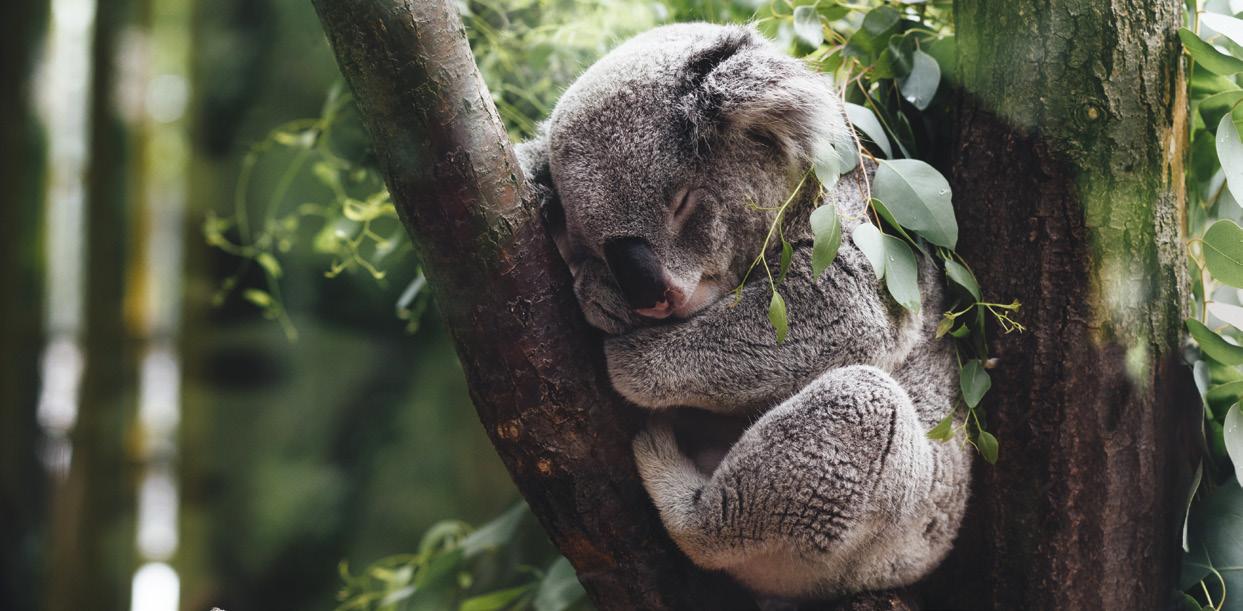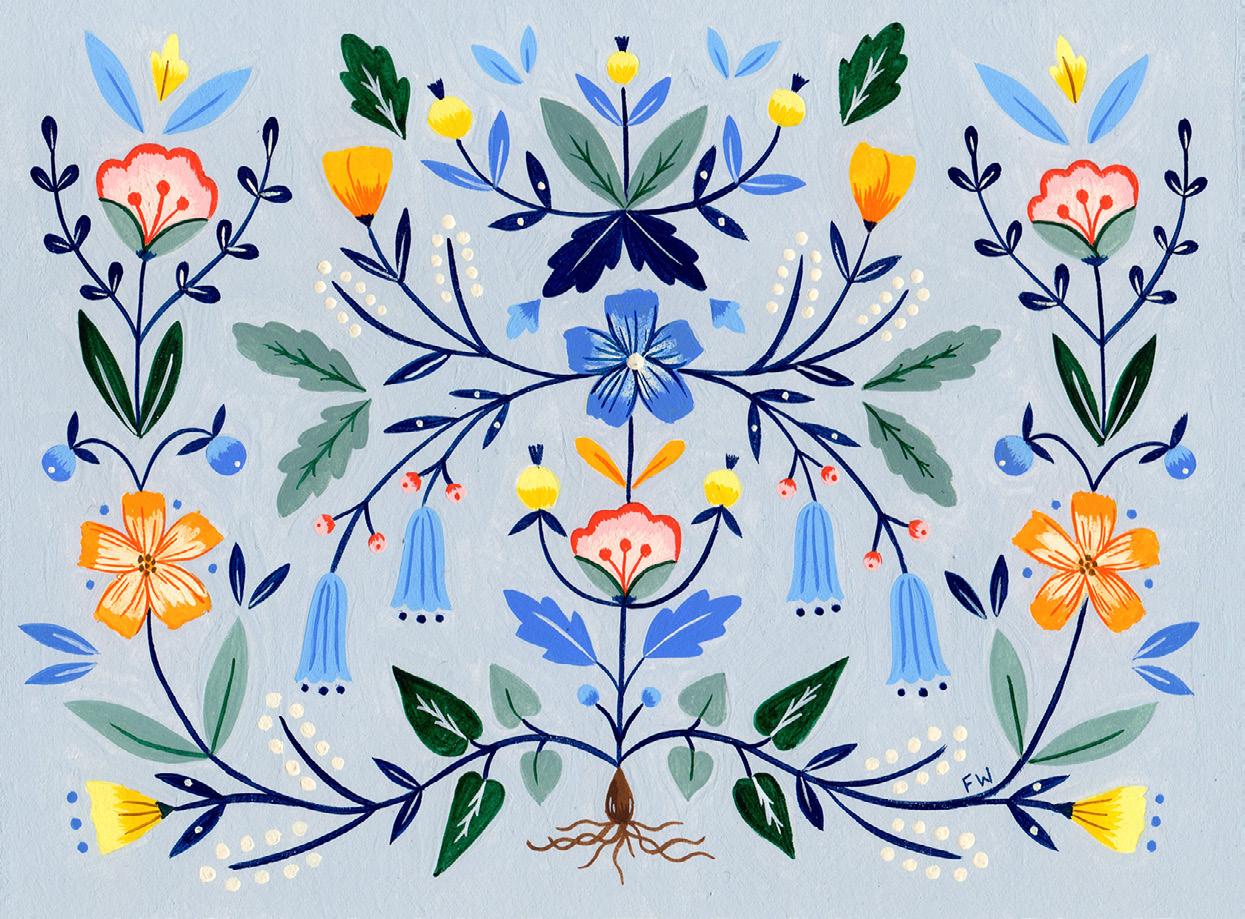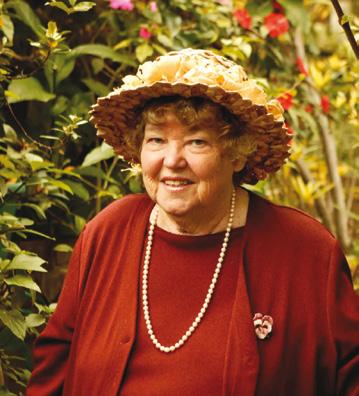THE BLUE MOUNTAINS BOTANIC GARDEN MOUNT TOMAH bluemountainsbotanicgarden.com.au
Fire tore through this part of the conservation area (see opposite)
RISING FROM THE ASHES AS THE BLUE MOUNTAINS BOTANIC GARDEN BEGINS ITS RECOVERY FROM BUSHFIRE, THE TEAM’S ASSESSMENTS OF THE SITUATION ARE PROVIDING VALUABLE INSIGHTS INTO THE IMPACT OF FIRE ON BOTANICAL COLLECTIONS
T
he bushfires that ravaged the east coast last summer seem like a distant memory for many, yet for the team at the Blue Mountains Botanic Garden, reminders surround us as we work to restore this beautiful space to its former glory. As soon as all the fires had been extinguished and the basalt rocks had cooled among the ash, we were busy planning the recovery effort. We needed to assess trees, make areas safe, and repair or replace essential infrastructure. The staff were also needing support, and stories from the community needed to be heard. Our neighbours in Mount Tomah, some of whom lost their properties, were also busy with their own journey of recovery. We had a team of highly 32 THE GARDENS WINTER 2020
qualified horticulturists, arborists and scientists on standby to help. The Garden is, first and foremost, a horticultural and scientific institution, which makes our endeavour to recover the natural landscapes and ornamental gardens a bit different from many other organisations impacted by bushfires. We manage and care for a vast Living Collection of rare plants from around the world, as well as 250ha of World Heritage wilderness in the conservation area surrounding the main Garden.
“We have been in u ndated with offers of pla nt material”
The team has meticulous records on every plant in the collection, not just for posterity, but also for scientific research and to improve the global knowledge base for each species in our care. Our conservation area is an essential piece of high-quality wilderness that can be studied to a level not possible in the protected national parks.
ESSENTIAL RESEARCH With 90 per cent of the conservation area burnt, and thousands of Living Collection specimens directly impacted by the fire, we needed to embark on research to better understand exactly what happened and how the plants would respond. While there was an abundance of academic research, and methods for assessing bushfire













